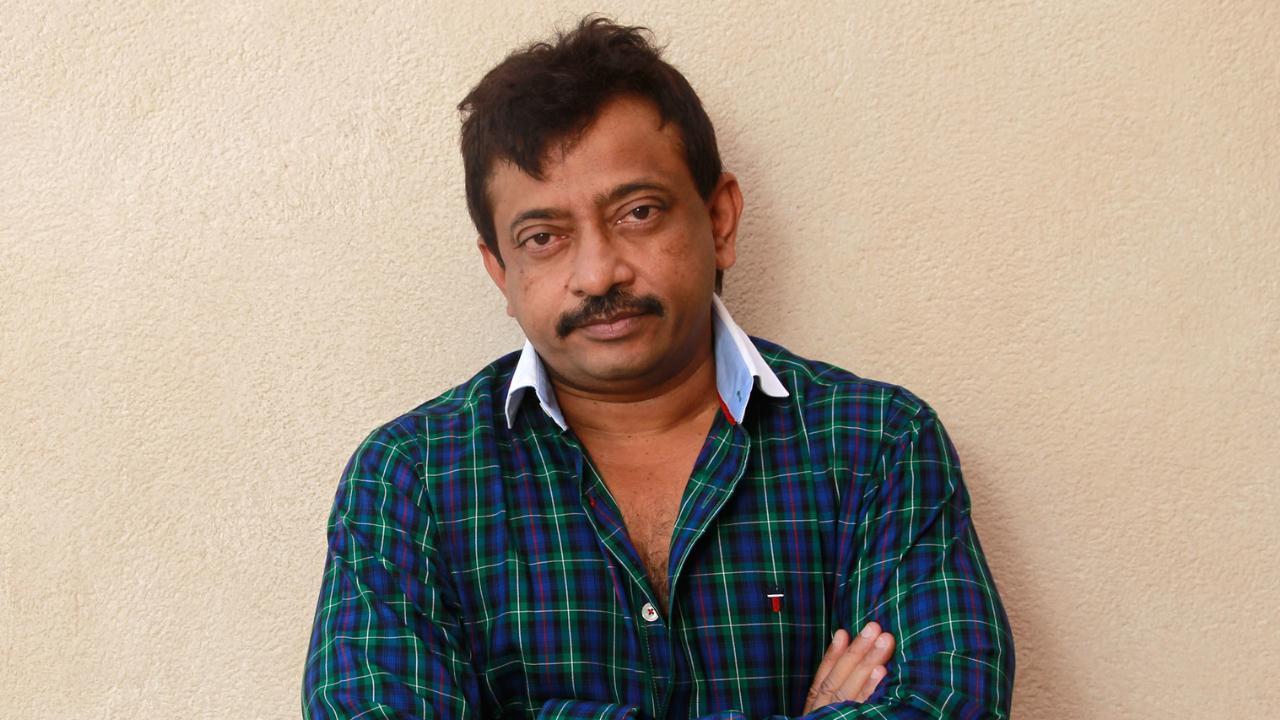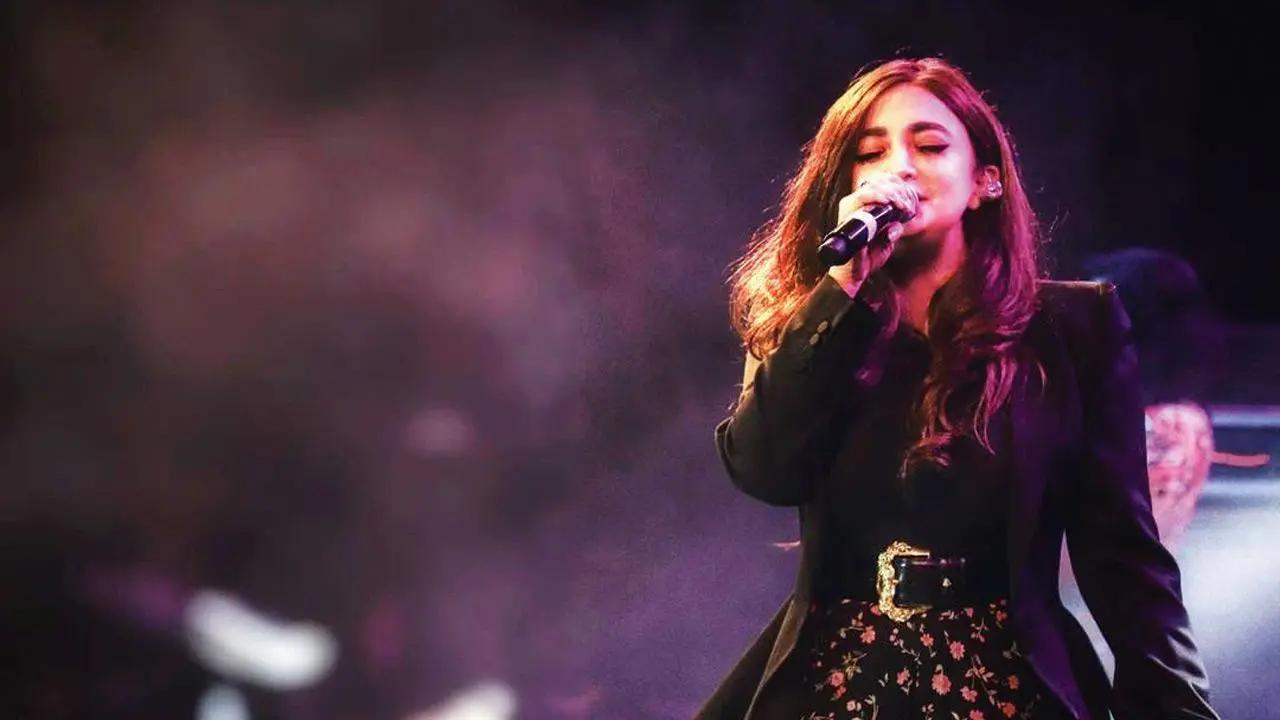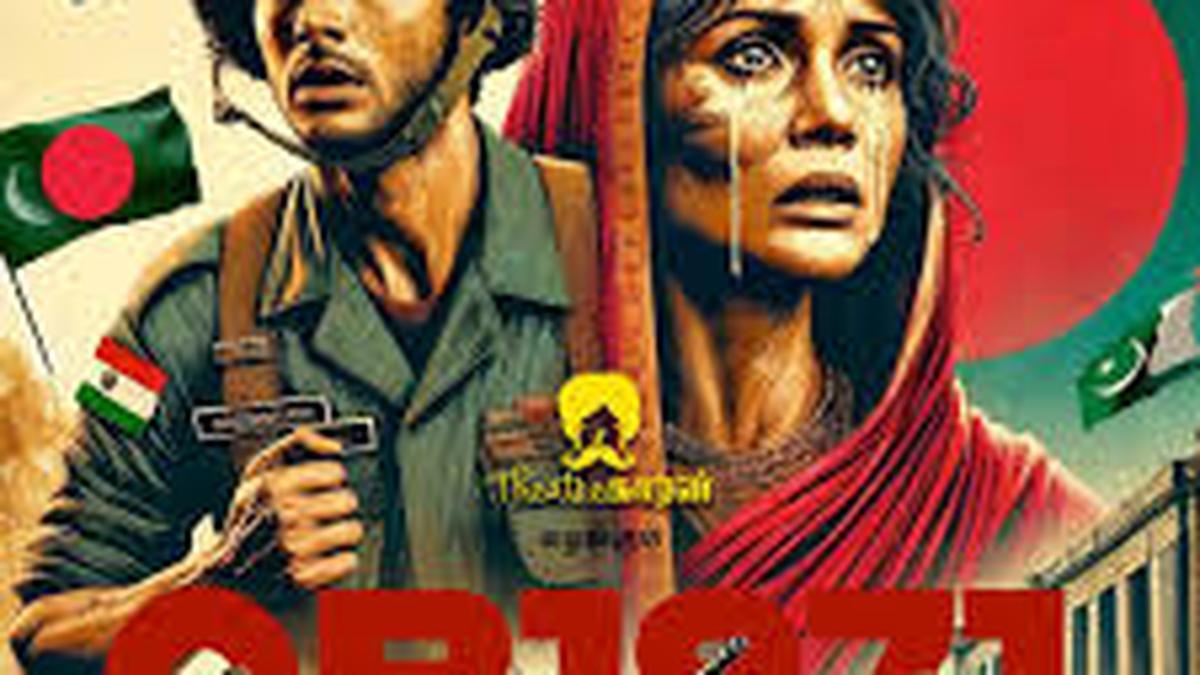
The concert hall at the Music Academy played host to an evening of enthralling musical mastery as the renowned vocalist S. Sowmya took to the stage, offering an experience that transcended traditional boundaries while maintaining a profound respect for classical roots. Her performance was a testament to her virtuosity and the deep well of creativity that marks her interpretations of Carnatic music.
The concert was a feast for the senses, enveloping the audience in a tapestry of melodies and emotions. Sowmya’s vocal prowess was particularly evident in her rendering of the Thodi raga alapana, which soared high with hallmark sancharas and was occasionally graced with dazzling jarus and brigas. Her interpretation of Tyagaraja’s ‘Raju vedala,’ from the Sriranga Pancharatnam, followed suit. The dynamics of her singing blossomed during the niraval at ‘Kaveri teeramunanu,’ evoking imagery of the serene flow of a river.
It was impossible to overlook the incredible synergy between Sowmya and violinist L. Ramakrishnan. Their collaborative genius shone especially bright in the kalpanaswaras segment of the concert, where a panchama-varjita passage emerged, further enhancing the allure of their performance.
Sowmya’s scholarly depth was unmissable in the ragam-tanam-pallavi segment. She selected Paras, born from the Mayamalavagowla raga and tinged with prati madhyamam, to construct a bridge to the world of Persian-influenced music, expertly blending the melodies of Husseini, Geya Hejjuji, and Navroz. The violinist rose magnificently to the occasion, conjuring an exceptional Hejjaji phrase that impressed all present.
Exemplifying her mastery, Sowmya intricately detailed the nuances of the Paras raga, drawing parallels to its Hindustani counterpart, deepening the audience’s appreciation. The pallavi set to the words ‘Paraspara anbinal mattume uravukal valarum,’ ingeniously incorporated the raga’s name, and was ornamented with Khanda Jhampai, showcasing exquisite trikalam, effective arudi kaarvais, and imaginative kalpanaswara patterns.
In a surprise turn, she deftly interspersed ‘Meevalla gunadoshamemi’ in the Kapi raga between the extensive Thodi offering and the RTP. The concert had commenced with the Ata tala varnam ‘Vanajakshi’ in Kalyani, leading to ‘Sari evvare sri janaki’ in Sriranjani adorned with refined swaras. The evening’s raga exploration reached new depths with Sowmya’s remarkable Kannada raga alapana, distinguished by its pure akara shuddham.
Sowmya paid homage to Muthuswami Dikshitar through ‘Sri matrubhutam,’ enriched by an articulate madhyamakala niraval and swaras set at ‘Suvasita nava javanti’. Her rendition of Arunachala Kavi’s Rama Nataka Keerthanai, ‘Yen palli kondeerayya,’ in Mohanam, diverged refreshingly from the often-heard version by N. C. Vasanthakokilam, offering a novel take that captivated listeners.
The percussionists did not sit idle – their vital role was felt profoundly in both the Thodi and the RTP. Neyveli Narayanan’s mridangam playing was astutely responsive to Sowmya’s manodharma, while Payyanur Govindaprasad’s morsing weaved subtle rhythmic intricacies. They provided a spectacular performance during the tani avartanam.
A Sowmya concert without a padam is scarcely complete, and she did not disappoint. Offering ‘Rama rama prana sakhi’ in Bhairavi, she honored the legacy of Brinda-Mukta. As the concert drew to a close, Sowmya selected Bharati’s Kavadi Chindu, ‘Villinai ottha’, ensuring a finale rooted in heritage yet echoing her unique exploration of unchartered musical terrains.
In a night that embraced diversity and challenged the conventional without forsaking its core, Sowmya’s concert was a reminder of the ever-evolving nature of classical music, and her role as a harbinger of innovation within its venerable tradition.










